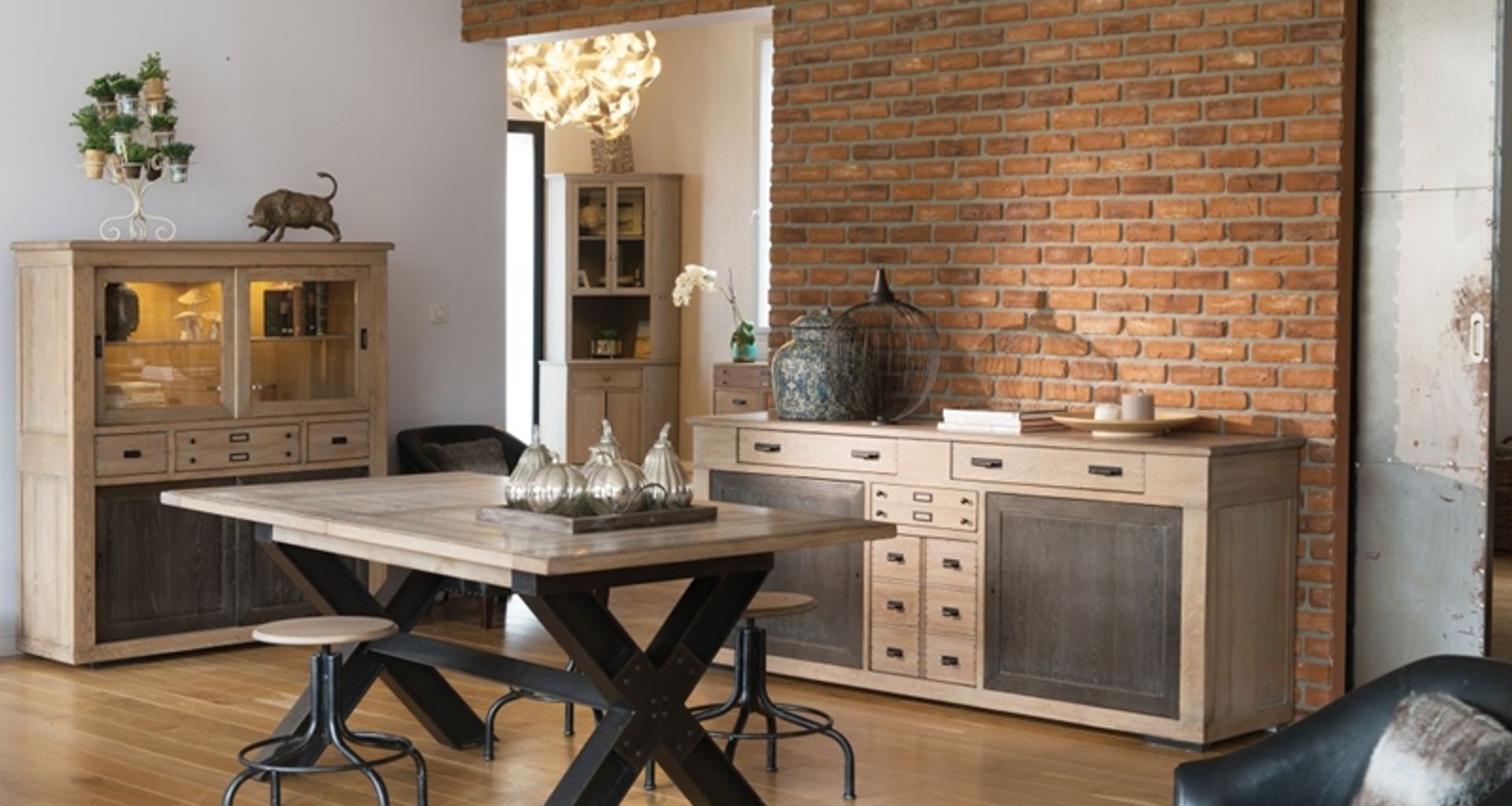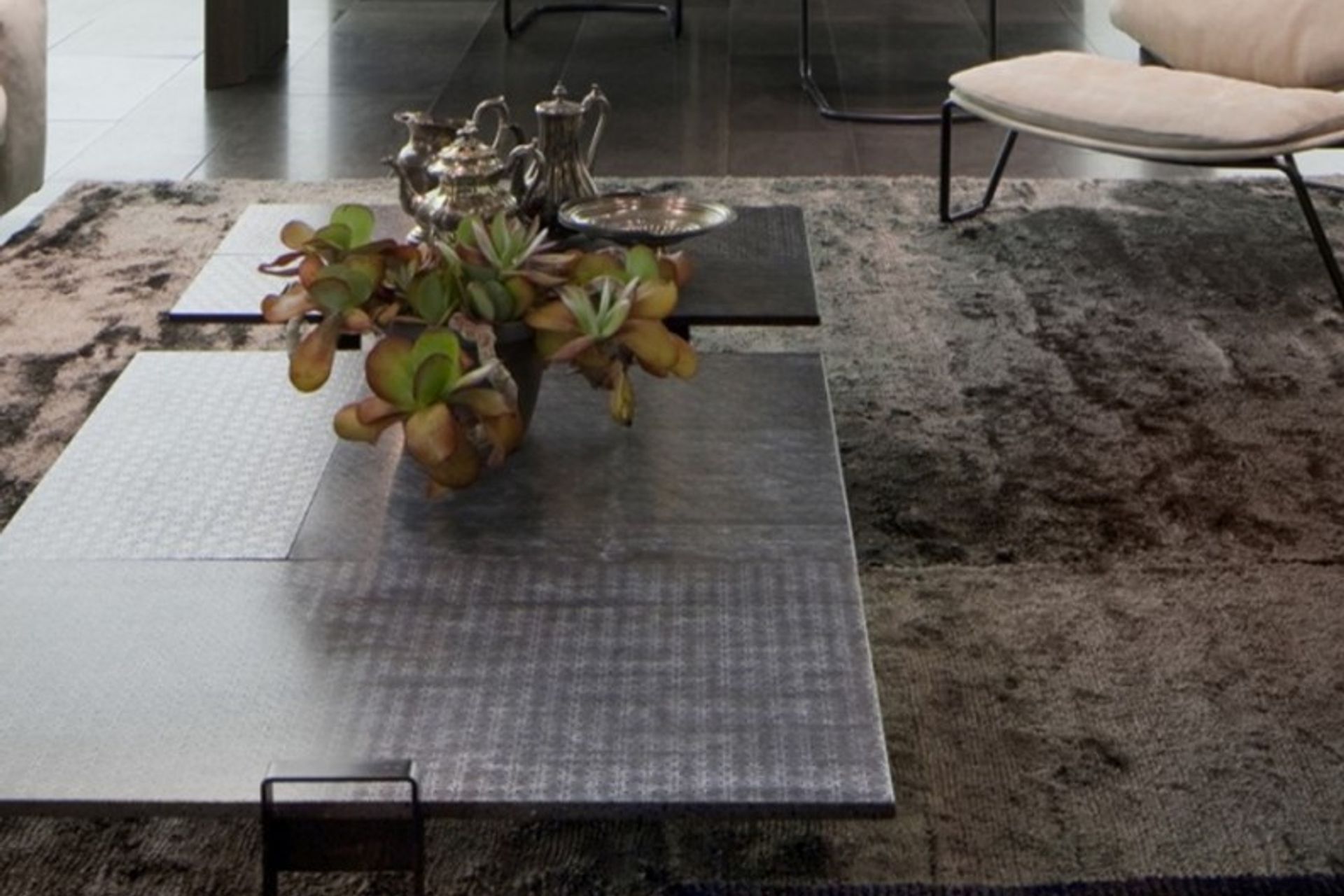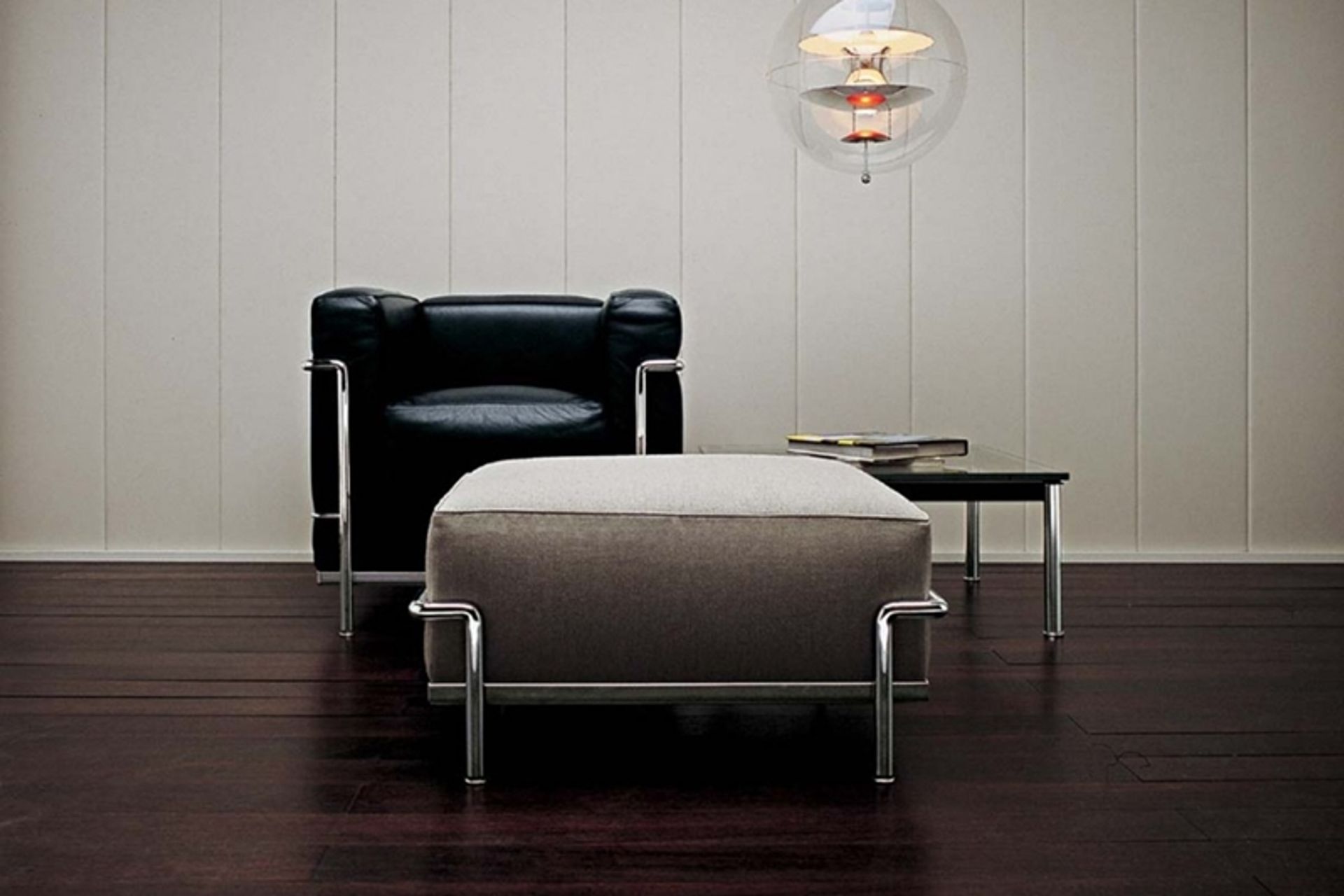Being industrious with industrial furniture: a guide to this style
Written by
26 May 2016
•
3 min read

Statement furniture transforms the aesthetic of any room, and the industrial design style has been the prevailing trend within the furniture sector for the last decade. This style has blossomed so much, that entire degrees are taught with specialisations in this area and numerous creative professionals in the furniture design industry are becoming experts of this elegantly grungy style.
“To be a furniture designer requires artistic ability, knowledge of engineering and manufacturing methods, understanding of historic styles,” explains Roger Schneeman, vice president of the American Society of Furniture Designers, in an interview with Art Schools.
With over four decades experience in the sector, Roger explains that it is the engineering skills and creative flair that enables industrial furniture designers to create masterpieces for interiors.
What makes industrial furniture iconic?
Combining traditional industrial materials such as glass, steel, metals, Lucite, plastic, concrete, wood, iron, brass and copper, industrial furniture brings a sleek and contemporary vibe to any interior. An added element of surprise ensures such pieces are eye-catching since the juxtaposition of pairing a plush leather sofa with sharp, reflective steel legs and arms creates a striking contrast.
Unique, custom pieces such as a wooden coffee table with plumbing pipe legs or a bookshelf made using an iron ladder are
all iconic examples of industrial furniture – each with a sophisticated take on an otherwise ‘everyday’ raw material.
It’s this dance of blending rough materials with luxe textures that makes industrial furniture so appealing, a harmonious balance of softness and sharpness. Not to mention, homes with such statement furniture instantly ooze a trendy, up-to-date vibe without compromising on character since each piece is so different.
Industrial furniture is embraced internationally
The Wall Street Journal interviewed 26 global interior designers to identify the top trends for 2016, and industrial themes were practically unanimous among them. Iron welding is now extending beyond outdoor furniture or bed frames to become the fundamental base of other types of furniture, such as bedside tables or lounge items.
Concrete, marble, wood and other natural materials – that would still be right at home in factory settings or industrial warehouses – have transcended beyond these spaces. Instead, they have been welcomed with open arms in luxurious loft apartments, restaurants, cafes and even corporate offices.
Get the look
If you’re interested in bringing this look into your own design inspiration, there are a variety of products that can help you achieve this goal. While pendant lights or floor lamps in chrome, brass, copper or cement are an instant way to bring industrial-chic aesthetics into a space, it’s the furniture that can pack the biggest punch.
In particular, large items like dining tables done in an industrial style – such as the Transom Table from Designers’ Collection – cover floor space and dominate the kitchen space to help make the theme stand out. Coffee tables, such as the de Castelli Placas tables from David Shaw or the Bordeaux by Trenzseater, do the same in a lounge. Invite guests into your home with an industrial item at the very entrance, such as the Westin Hall Table by Cattelan from Ultimate Living tucked into your foyer. The Nomad Table by Henge from David Shaw, pictured at the top, is also a great pick. Place a glass vase with flowers inside as the finishing touch for this classy welcome space.
Depending on your budget, you could also revamp the flooring by installing raw concrete tiles, Exposed brick walls or wooden beams on your ceiling are also existing features that you can emphasise to tie the industrial-chic look together.


